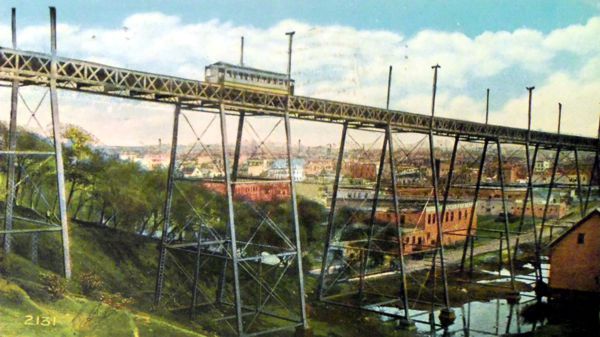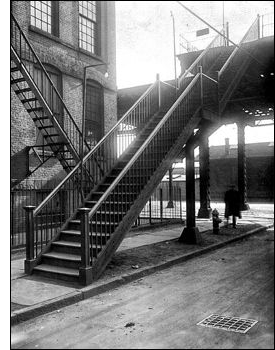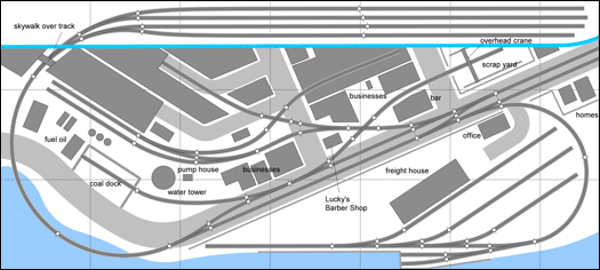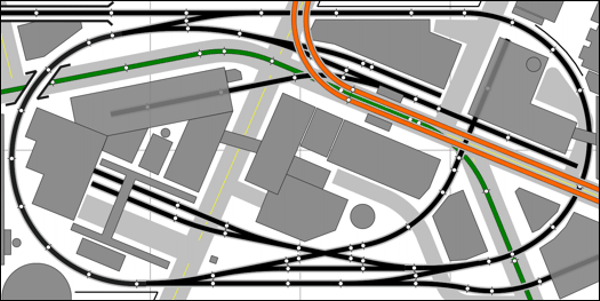1. Transmutation

 After a catastrophic shipping loss and an inability to handlay track, the Jersey City Industrial was born to fulfill a need to return to
successful layout-building, and it became one of the most intensely-researched projects I'd ever undertaken. My goal was to create a truly
authentic atmosphere, so I spent months digging into the history, railroads and architecture of Jersey City. Even though it was never finished,
it became a favorite layout.
After a catastrophic shipping loss and an inability to handlay track, the Jersey City Industrial was born to fulfill a need to return to
successful layout-building, and it became one of the most intensely-researched projects I'd ever undertaken. My goal was to create a truly
authentic atmosphere, so I spent months digging into the history, railroads and architecture of Jersey City. Even though it was never finished,
it became a favorite layout.
Why this fixation on Jersey City? In my mind, it represents the very pinnacle of urban industrial, and being the second-largest city in the state, it has (or had) more than ample examples of just about every kind of railroad-related industry imaginable. Plus, it had an elevated line, which was the thing that initially caught my eye, and els have an almost romantic atmosphere.
The initial inspiration for the track plan was derived from one I'd developed for another modeler, which was designed for a hollow core door.

I liked it enough to consider building it for myself, but lacking the space for an HCD, I downsized it to two by four feet. Looking at the the two plans, it's hard to see the logical progression; after having designed literally hundreds of layouts, I can only say the process sometimes remains a mystery even to me.

Unlike most others, this plan didn't deviate much after the initial design. About all I did was rearrange some of the buildings and streets and add an elevated line (orange) and a trolley line (green), a result of the historical research I'd done into Jersey City.

The JCIR became for me the very definition of urban industrial modeling. And the Hoboken Manufacturers Railroad, which became something of a "sister" layout, allowed me to model even more urban industrial "charm."
